Share this page
Ontario Certified Teachers share their experiences working in remote communities.
By Wendy Glauser
photos: amy newport; photos supplied by teachers
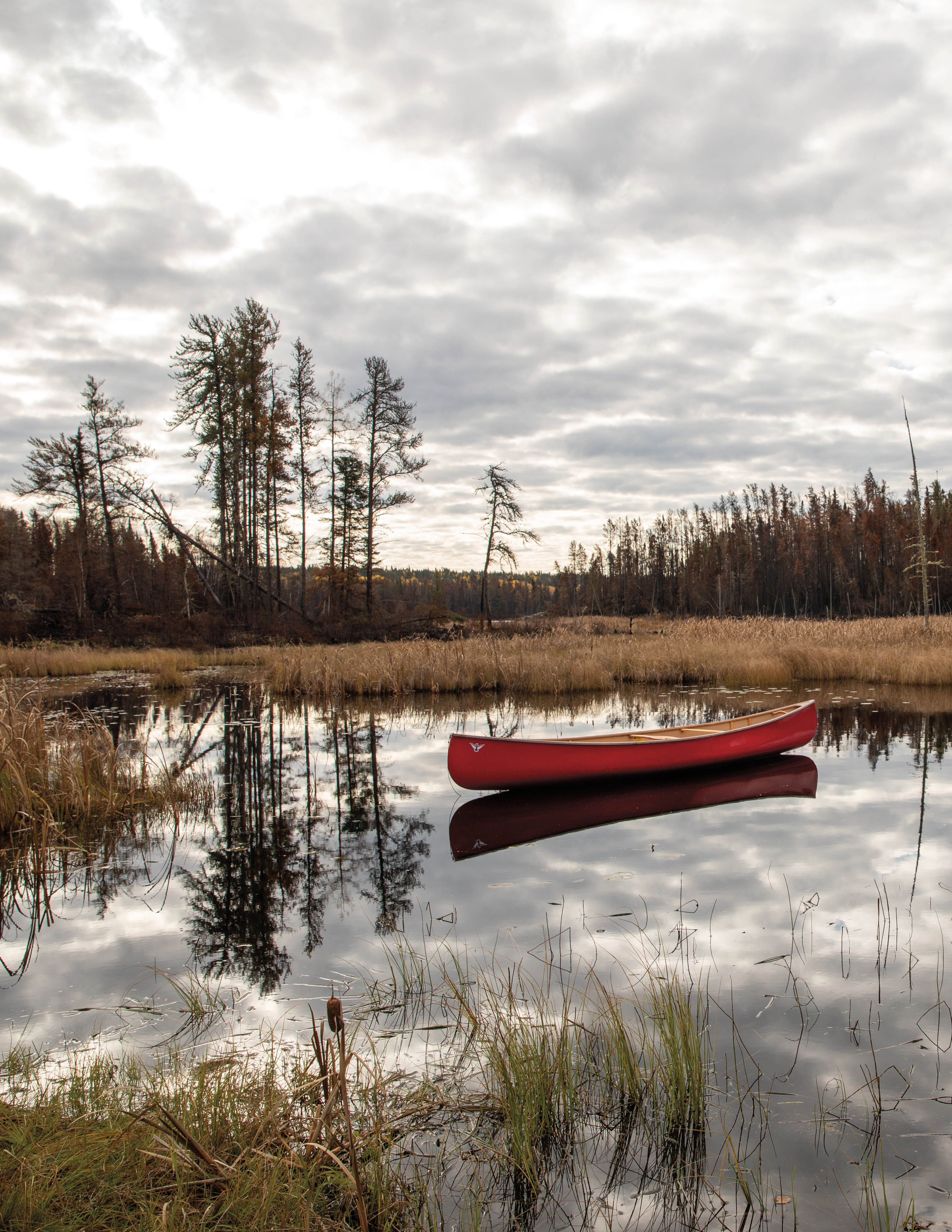
Teaching in a remote community takes creativity, tenacity and empathy in droves. Teachers often need to creatively customize the curriculum for split grades, use technology in innovative ways, and change lesson plans on a dime (like when a photocopier breaks down and can't be fixed until a repairperson flies in). We spoke with four educators — from Red Lake, Ont., to Pangnirtung, Nunavut — about the rewards of teaching in a small community and what the experience has taught them about showing up for their students.
Breanna Heels, OCT, spent two years as the K–12 leader of experiential learning at Bluewater District School Board working with teachers and students in 41 rural schools. (Last year she became vice-principal of École Hepworth Central Public School with the Bluewater board.)
With the driving philosophy "Think global, act local," Heels took students outside, and on trips to the Bruce Trail and Bruce Peninsula National Park, to do geocaching, learn about forestry, make art, engage in physical activity, and more.
Many of the students had never been to the national park, a short drive away. She recalls one student saying in awe, "Look how beautiful these rocks are!" Heels says she wants to instil a love for the natural environment in the kids so that they can be stewards for the next generation. "You protect what you love, and so I don't just want to tell students it's important to protect their environment, I want students to feel that for themselves."
For a project she calls The Changemaker Classroom, Heels worked with Grade 7 and 8 teachers to challenge their students to work toward a different sustainable development goal (globalgoals.org) each month. Students have taken actions like visiting a local waste management facility to identify opportunities for greater landfill diversion and hosting a community potluck to raise awareness about hunger.
In the classroom, Heels connected students to online tools like National Geographic's teaching resources and Google Earth Voyager. "Some of the schools I've worked with were surrounded by fields, on a busy road, so then I say, 'Look what's in your backyard, we have to be really creative,'" says Heels, who is one of 200 National Geographic Certified Educators across Ontario. As one way to help students understand their political and historical landscape, Heels used Google Earth Voyager's Residential Schools interactive. Students can locate the residential schools that once stood nearby, and learn about the impact of the atrocities that took place in these schools, while also learning about the local Indigenous communities that have long taken care of the natural resources.
Before her board role, Heels taught Grade 7/8 in Lion's Head, Ont., the community of 600 that she grew up in. "I can really see myself in my students, and I can see how much education has transformed my life and who I've become," she says. "There's a power in teaching in a remote context … it's even more important to make sure that we are connecting our students to the world."
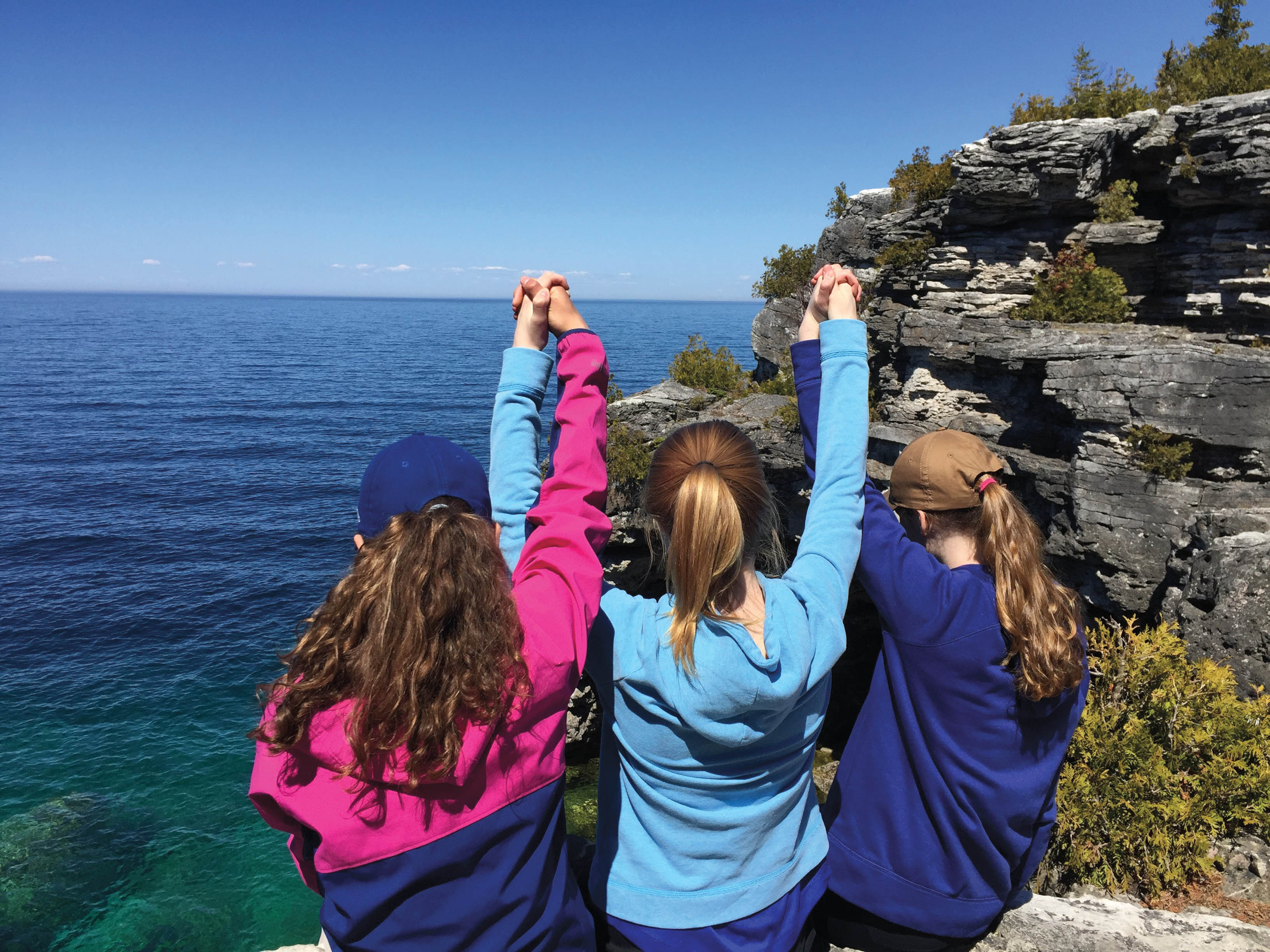
Immediately after graduating from his teacher education program, Branden Simair, OCT, spent one year teaching in Nunavut. Fifteen years later, friends from the territory encouraged him to apply to a vice-principal position in a Grade 6–12 school in Pangnirtung. This time, he brought his young son and his wife, Clara Simair, OCT, who was a learning coach at the school.
Having his family made the first four months so much easier, compared to his last experience, says Simair. "This time around, I made friends much faster because my son was making friends at the daycare, and so we got to know the parents of his friends."
"There's a power in teaching in a remote context … it's even more important to make sure that we are connecting our students to the world."
— Breanna Heels, OCT
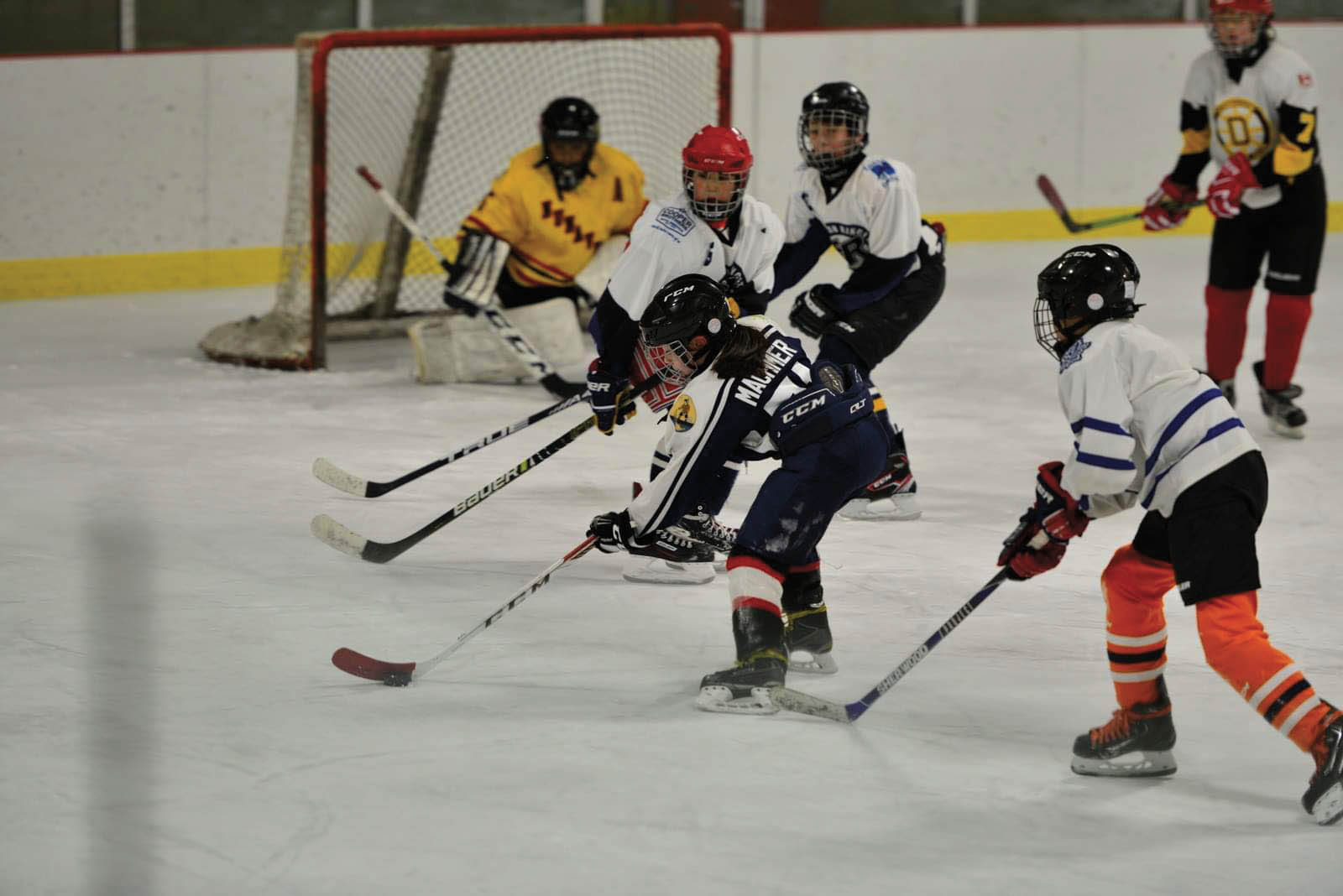
Simair says kids would yell "Branden!" when they saw him in the community, and he was invited on ice-fishing trips. "If somebody goes out hunting, and gets a seal, they post on the online Pangnirtung news announcements that there's free meat to pick up," he says.
To build trust with the students and wider community, Simair introduced intramural programs, as the community was too remote to allow competitive travelling teams. For each new program, the students got to vote for which sport they'd do (they chose hockey, basketball, soccer and badminton). At the end of each session, Simair organized tournaments where students' names were called out over a speaker as they ran into the gym, community members were invited to watch, and there were play-by-play announcements. "It was a real championship experience for the kids," he says.
Simair was drawn to this work because he wanted to help the community after seeing media reports about its reckoning with suicides the year prior. As students began to feel more comfortable with him, they began opening up about a parent, relative or friend who had taken their own life. "Sometimes it's just providing a quiet, relaxing space where the student can be heard and just cry," he says. "Everyone has a story, and [some are] heartbreaking, but they're so resilient and they've come through it as amazing, fantastic kids."
Isabelle Racine moved to Red Lake nine years ago because the northern Ontario community of 4,000 was close to her husband's work (he's in mining), and it seemed like the perfect community to raise their children. "People are warm and helpful," she says. "And there's so much to do — hunting, fishing, snowmobiling, canoeing, boating. We have all kinds of toys."
Last year, Racine was one of three teachers at École catholique des Étoiles-du-Nord, part of the Conseil scolaire de district catholique des Aurores boréales, where she taught 11 students in Grades 5 to 8. (She is now the principal of the school). Teaching multiple grades requires an ability to make connections between the curriculum of each grade, says Racine. All the students might read the same story, but they'll be asked to look for different aspects — Grade 5s might identify the different points of view while Grade 8s might consider narrative choices. "We start with the basics and then send the younger grades to work, and go deeper for the older grades," she explains.
Every day, Racine had informal meetings with the two other teachers in her school, and she also met bi-monthly with her colleagues from the board. These brainstorming and support sessions helped the teachers find ways of adapting her lessons for a range of abilities and grade levels. "Someone might suggest an online tool or even a good book," she says. Now, as principal, she has daily meetings with her staff of five.
But Racine occasionally needed to split up the older and younger grades, to hit home a teaching point or to talk frankly about issues the students are facing. She'd ask the principal or the support teacher to take the younger grades when she needed to talk to the Grade 7s and 8s about "something that happened on an online chat last night," for example.
There are also advantages to teaching multiple grades, says Racine. If a new student doesn't understand the rules, she put them beside a Grade 8 mentor. "They'd explain, Madame likes it this way. You have to write your name on that side, and write the date there," she laughs. "They mature quite fast."
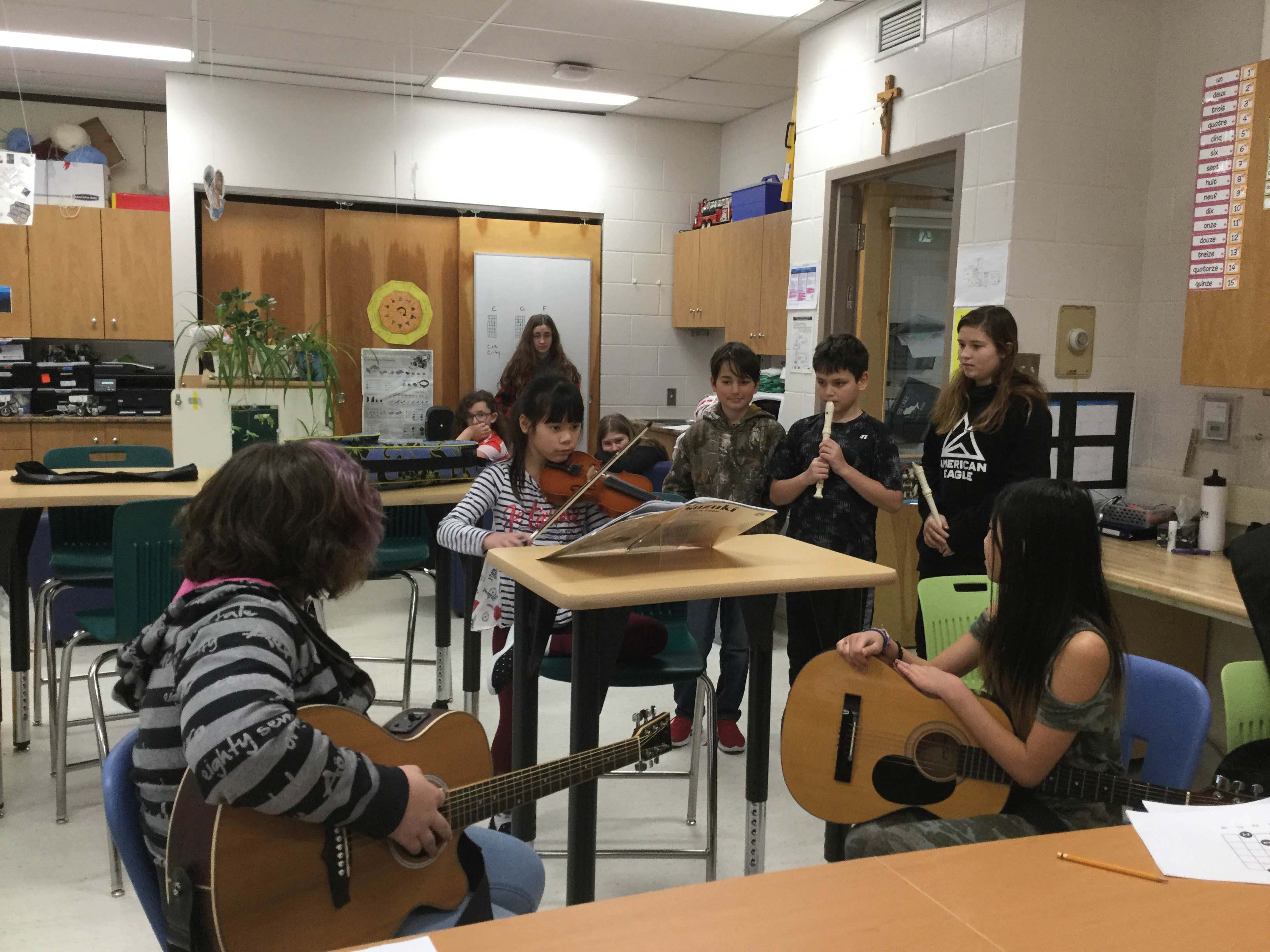
In many small, fly-in communities in the North, teenagers have had no choice but to move away from their parents and board with a host family. Keewaytinook Internet High School (KiHS) provides families an alternative option in 15 northern communities, which range from 300 to 1,000 people.
Albee Eisbrenner, OCT, was attracted to the model when he started teaching in North Spirit Lake First Nation in 2018, followed by Kitchenuhmaykoosib Inninuwug (also known as Big Trout Lake) the next year. "The community benefits from having their kids for longer. And the students are able to feel that sense of belonging and identification when they're still figuring out who they are."
Each community has at least one classroom and one teacher who teaches a specific subject online, be it chemistry or English, in addition to supporting their in-class students through their online courses. They help the teenagers navigate the technology, act as an intermediary between the student and the online teacher, or talk through personal struggles.
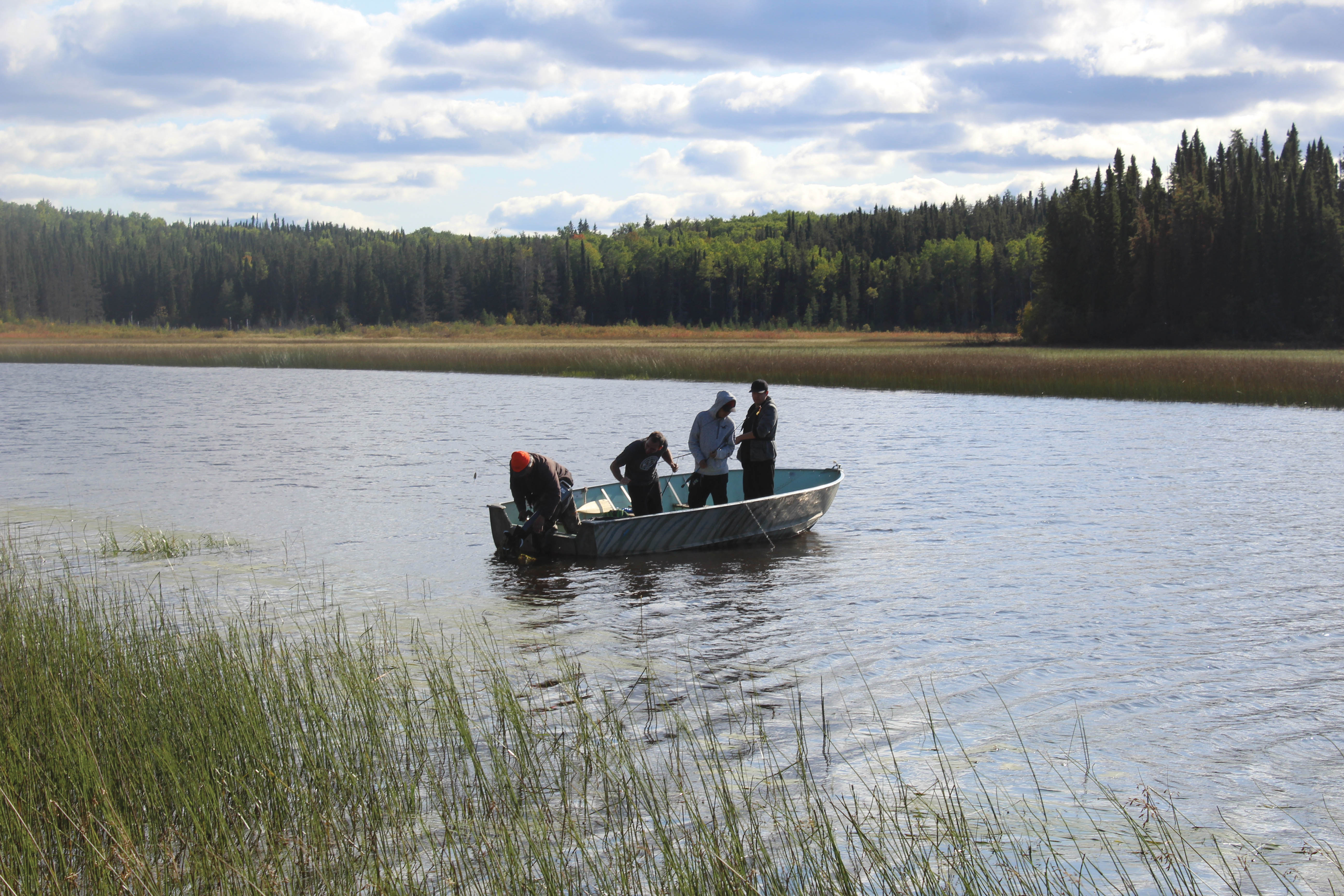
In addition to teaching phys-ed and math, Eisbrenner is also a coach for high school graduates. He'll talk to kids about their interests, motivate them to get the credits they need, and stream presentations from representatives of universities and college programs, organizations and companies. One recent graduate is pursuing a college degree to become a motive power technician, another plans to become a teacher, while another is pursuing a career in the armed forces.
With COVID-19, Eisbrenner and others have been helping students access laptops and an internet connection. "Now, we're starting with, 'How are you? What are you doing for your health?' as opposed to 'I noticed that you only did three assignments last week,'" says Eisbrenner. "The students need to feel that they're being cared for before they'll reach out about the academic part."